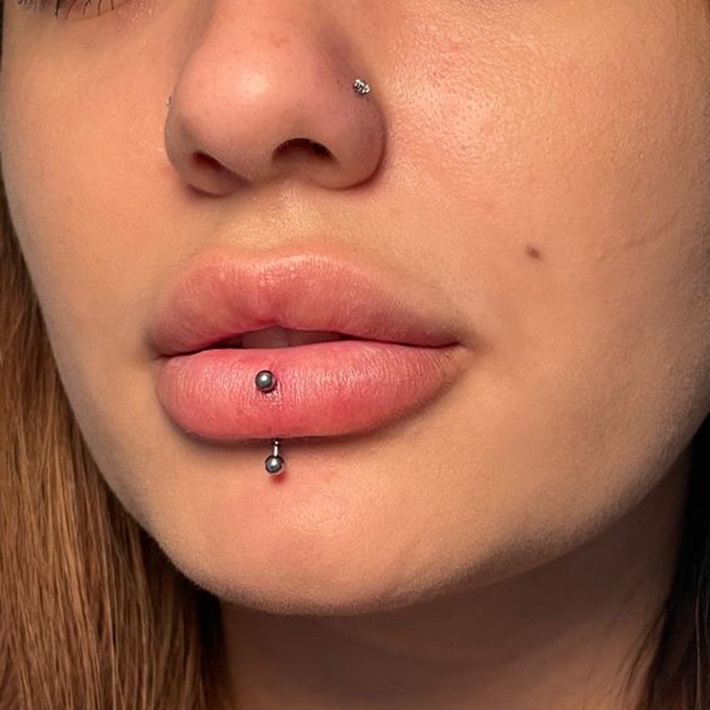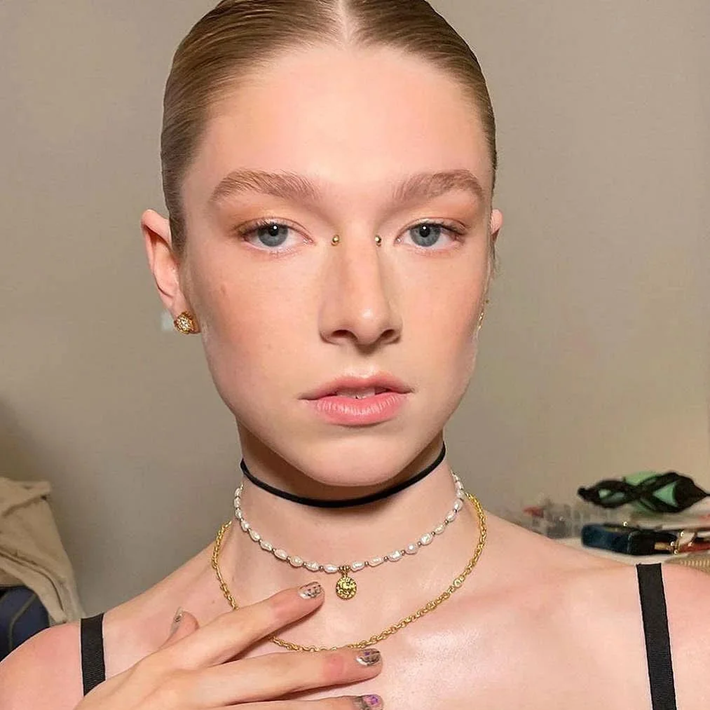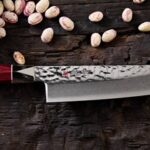The history of piercing dates back thousands of years and is deeply intertwined with various cultures and civilisations around the world. Piercing has been practiced by numerous ancient civilisations for cultural, religious, and aesthetic purposes.
Archaeological evidence suggests that ear piercings were common among ancient Egyptians, Greeks, and Romans. In some cultures, piercings were associated with social status, religious rituals, or tribal affiliations. Different cultures have attached specific meanings and significance to piercings. For example, nose piercings have been traditionally worn in South Asian cultures as a symbol of marital status or beauty. In some Native American tribes, piercings were used for spiritual purposes and as a rite of passage.
So, if the incredible history of face jewellery has peaked your interest, and you’d like to give this kind of embellishment a try, remember to check through your possible piercer’s portfolio. This is needed to ensure that they frequently work on the part of the body you want to pierce and that your styles are compatible. Once you’ve found the right piercer for you, head out — with this face piercing guide in mind of course!
Lip

When it comes to lip piercings, the sky is the limit. You can pierce your top lip, lower lip, centre lip, slightly off-centre lip, two piercings on each side of the lips, and so on. As with most other piercings, you’ll start with a stud and can progress to statement piercings for lips which belong to the list of the most attractive face jewellery ornaments after the piercing heals.
During recovery, the emphasis should be on restricting movement of the piercing as much as possible—any movement should be done with a cleaning solution supplied by the piercer, which you’ll use twice daily to “irrigate the area.” Make sure to use alcohol-free mouthwash and avoid rubbing alcohol, peroxide, and Neosporin, which will dry up and split the skin surrounding the piercing, delaying the healing process.
Cheek
Cheek piercings, also part of the mouth piercings group, are designed to appear like dimples and are classified as “advanced piercings,” which means they are difficult to do properly and can take a long time to heal. There are other places for cheek piercings, including Monroe (a stud in the site of Marilyn’s renowned beauty mark) and Dahlia (two studs adjacent to the lips’ corners). Before scheduling an appointment, look over your piercer’s portfolio (and credentials) to ensure you’ll be a good fit.
Tongue
Tongue piercings are unique oral piercings in that they appear frightening and severe from the customer’s perspective. However, most people report that the process feels like a pinch—or less. What is unpleasant is what happens afterwards, when your tongue swells substantially more than non-oral piercings, making it impossible to eat (or engage in any other tongue-centric activity). The majority of the swelling should go down within five to seven days, but your tongue will not return to normal size for a few weeks.
Eyebrows

Just like piercings for lips, brow piercings are fashionable again especially in gothic fashion as seen on fashion runways and the streets. Customers are now seeking brow piercings closer to the sides of the nose, rather than the outside border of the eye, as was the case in the 1990s. The piercing method is identical for both. In terms of pain, eyebrows have one advantage: many of us tweeze, wax, and thread our brows, so you may be used to feeling some discomfort. A brow piercing, regardless of location, should heal in six to eight weeks.
Septum
According to professionals, the septum is gaining it’s popularity at the moment. The explanation is most likely because of the piercing’s adaptability. You might have a piece of jewellery that is hardly visible or some substantial bling dangling from your nose, or anywhere in the between. It’s also simple to conceal: once the piercing has healed (after approximately two to three months), you may flip it up inside the nostril and no one will notice.
Nostril
Overall, I believe the most popular piercing has been and will continue to be a standard nose piercing. A regular nostril piercing is not to be confused with a bridge piercing or a high nostril (more on those later). Instead, a classic nostril piercing passes through the soft cartilage of the bottom sides of the nose. You will be pierced with a stud, and piercers recommend waiting two to four months for the nose to heal completely before transitioning to a hoop, which may be done in the studio. And, depending on your own preferences, you don’t have to limit yourself to just one nostril piercing; you may embellish your nose with as much gold as you like.
High Nostril

The identical studs in the centre of the nose are referred to as “high nostril” piercings. This piercing is truly a collaboration between the piercer and the client. The piercer will evaluate you to establish how high on your nose they can pierce, and then it will be up to you to decide where the stud should go. According to piercing specialists online, the majority of people who have a high nostril piercing already have a bridge, septum, or normal nostril piercing. A high nose piercing, like an ear stack, looks much better when surrounded by friends.



